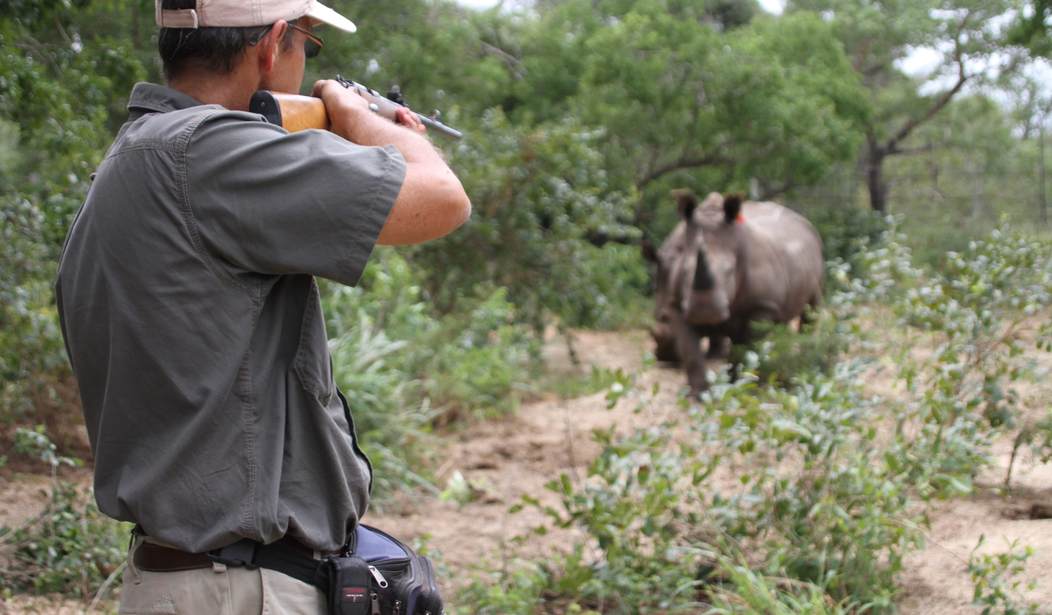WASHINGTON – As U.S. law enforcement struggles to develop effective screening methods for fentanyl, a federal narcotics official last week warned against the rise of carfentanil, a large-animal tranquilizer that is considered about 50 times stronger.
Fentanyl is a synthetic opioid that is regarded as anywhere from 10 to 100 times stronger than the most commonly used opiate, morphine. Carfentanil, also a synthetic opioid, is used to sedate elephants and is considered about 50 times stronger than fentanyl.
Ambassador William Brownfield, assistant secretary for the State Department’s Bureau of International Narcotics and Law Enforcement Affairs, said that carfentanil could be the next major killer in an opioid crisis ravaging communities across the country.
The U.S. recorded 33,000 opiate-related deaths in 2015, the most recent year with reliable data, and a recent New York Times report projects that there could be as many as 59,000 deaths in 2016. According to Brownfield, nearly 2.5 million Americans are addicted to opioids, synthetic opioids and opitates like morphine and heroin.
The 65-year-old ambassador, who is retiring this month, spoke at the Center for Strategic & International Studies. His comments came the same week that New York City authorities announced the seizure of a record amount of fentanyl. NYC’s Office of the Special Narcotics Prosecutor announced that it had seized 140 pounds of fentanyl, which amounts to 32 million lethal doses. All in all, authorities rounded up 270 pounds of narcotics in two separate investigations, which included various mixtures of heroin and cocaine.
The two biggest distributors of fentanyl are Mexico and China, with the latter producing about 90 percent of the world’s supply. Officials have repeatedly detailed how difficult it is to screen for the substance, given the vast amount that is flooding into the United States. Brownfield explained that about 1,000 hits of fentanyl, which carries a street value of $10,000, can be transported in a single business-size envelope.
“Do we have a crisis? Yes, we probably do. Is it domestic? It is overwhelmingly domestic,” Brownfield said, before adding later: “My real view is that the American people are getting a little scared about this because they’re seeing regions and communities and towns, age groups, economic levels that are being just decimated – that have never had this sort of problem before.”
Brownfield, who has spent about 40 years in Foreign Service, was one of Venezuelan President Hugo Chávez’s vocal adversaries and was instrumental in developing Plan Colombia, a $10 billion strategy that contributed to ending 50 years of civil conflict in Colombia.
The ambassador blamed America’s drug crisis on aggressive marketing campaigns from pharmaceutical companies facilitated by the insurance industry, which also had financial incentives. By revealing this market for opioids and opiates, big pharma and insurers invited drug cartels to compete. Criminal drug organizations can supply the market at a much cheaper cost. Based on reports, American dealers can buy about $3,000 to $5,000 worth of fentanyl from Chinese labs and turn it into about $1.5 million in the U.S.
“Through this multi-stage process, they produced a demand, both licit and illicit,” Brownfield said.
The ambassador said that Mexico, China and other foreign countries all have a shared responsibility with the U.S. to address the crisis. About 94 percent of the heroin consumed in the U.S. originates from Mexico, while Afghanistan produces about 80 percent of the world’s heroin.
Despite the ravages of the drug crisis, Brownfield graded U.S. response with a C+ or a B- “in terms of where the U.S. wants to be at this point.” He said that it’s not just a criminal justice issue but a public health issue, and officials won’t be able to arrest their way out of the crisis. He voiced support for medical providers distributing an opioid alternative.
“Lord, surely we have learned over the last 15 to 20 years that overmedicating with powerful opioids is not a good idea,” Brownfield said.









Join the conversation as a VIP Member